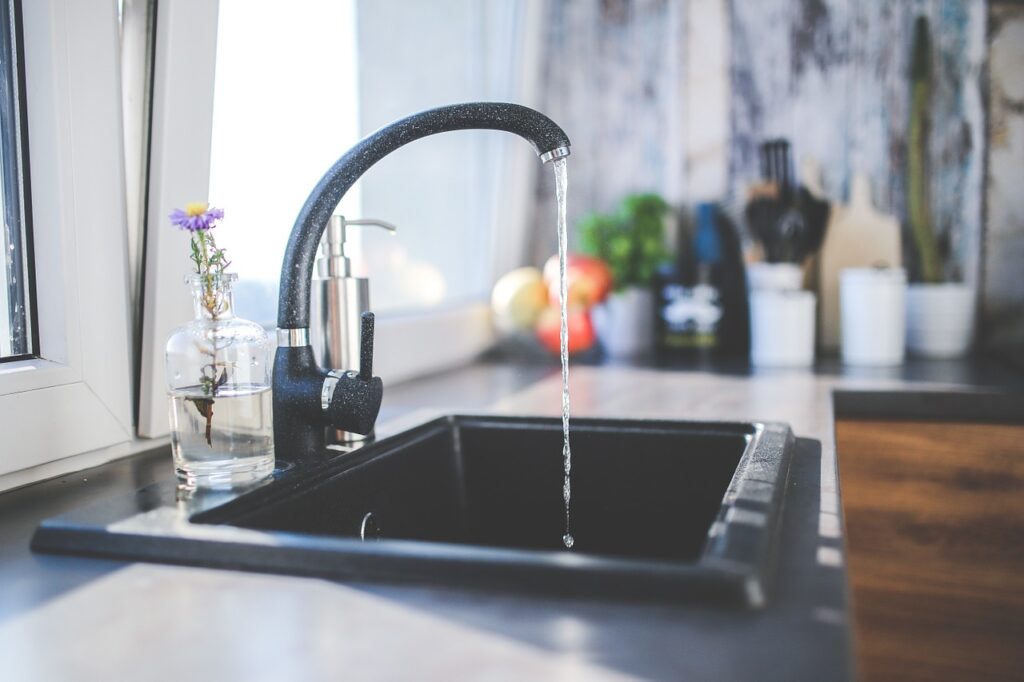When it comes to kitchen sinks, the choice between a single sink and a double sink can significantly impact the functionality and aesthetics of your kitchen space. Each option has its unique benefits and considerations, so let’s explore the advantages of both and how to determine which one is the better fit for your home.
Benefits of a Single Sink:
Simplicity and Space Efficiency:
A single sink offers a streamlined look and takes up less counter space compared to a double sink. It’s an excellent choice for smaller kitchens or kitchens where maximizing countertop space is crucial.
Versatility in Usage:
With a single, deep basin, you have more flexibility in washing larger pots, pans, and trays without the divider that separates the compartments in a double sink. This can be particularly useful for those who frequently cook and prepare meals at home.
Easier Installation and Maintenance:
Single sinks are generally easier to install and maintain since there are fewer components and connections involved. Cleaning around a single basin is also more straightforward compared to a double sink with dividers.
Cost-Effective Option:
Single sinks are often more affordable than their double sink counterparts, making them an attractive choice for homeowners on a budget.
Benefits of a Double Sink:
Separation of Tasks:
One of the primary advantages of a double sink is the ability to multitask efficiently. You can wash dishes on one side while preparing food or rinsing vegetables on the other side, allowing for better organization and workflow in the kitchen.
Enhanced Hygiene and Convenience:
Having separate compartments can contribute to improved hygiene practices. You can designate one side for food preparation and the other for washing dishes, reducing cross-contamination.
Ideal for Larger Families or Entertaining:
Double sinks are especially beneficial for larger households or individuals who frequently entertain guests. The extra basin provides additional capacity for handling larger volumes of dishes and kitchen tasks.
Customization Options:
Double sinks come in various configurations, such as equal-sized bowls or one larger and one smaller bowl. This allows for more customization based on your specific kitchen needs and preferences.
Choosing the Right Sink for Your Home:
Evaluate Your Kitchen Space:
Consider the layout and size of your kitchen. In smaller kitchens or those with limited counter space, a single sink might be more practical. For larger kitchens with ample room, a double sink could offer added functionality.
Assess Your Cooking and Cleaning Habits:
Think about how you use your kitchen on a daily basis. If you frequently cook elaborate meals that require extensive dishwashing, a double sink might be more convenient. For simpler meal preparations, a single sink could suffice.
Consider Household Size and Lifestyle:
The size of your household and lifestyle factors should also influence your decision. Families with children or individuals who entertain frequently may benefit from the multitasking capabilities of a double sink.
Personal Preference and Design Aesthetics:
Ultimately, the choice between a single sink and a double sink often comes down to personal preference and the overall design aesthetic you wish to achieve in your kitchen. Consider which option aligns best with your style and functional needs.
In conclusion, whether you opt for a single sink or a double sink, both options offer unique advantages that can enhance your kitchen experience. Take the time to assess your specific requirements and preferences to make an informed decision that will complement your lifestyle and home design. With the right sink choice, you can elevate the functionality and appeal of your kitchen space for years to come.

